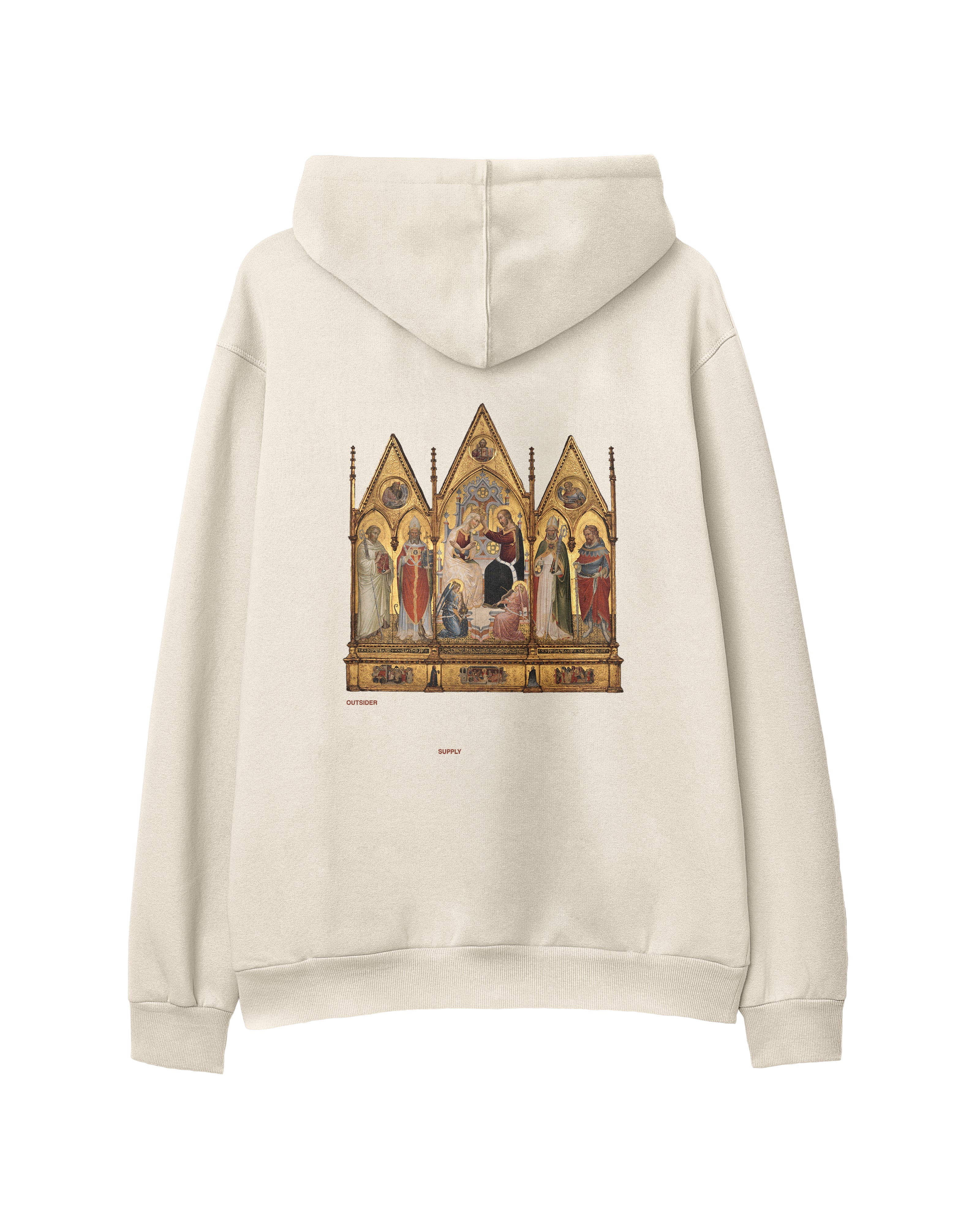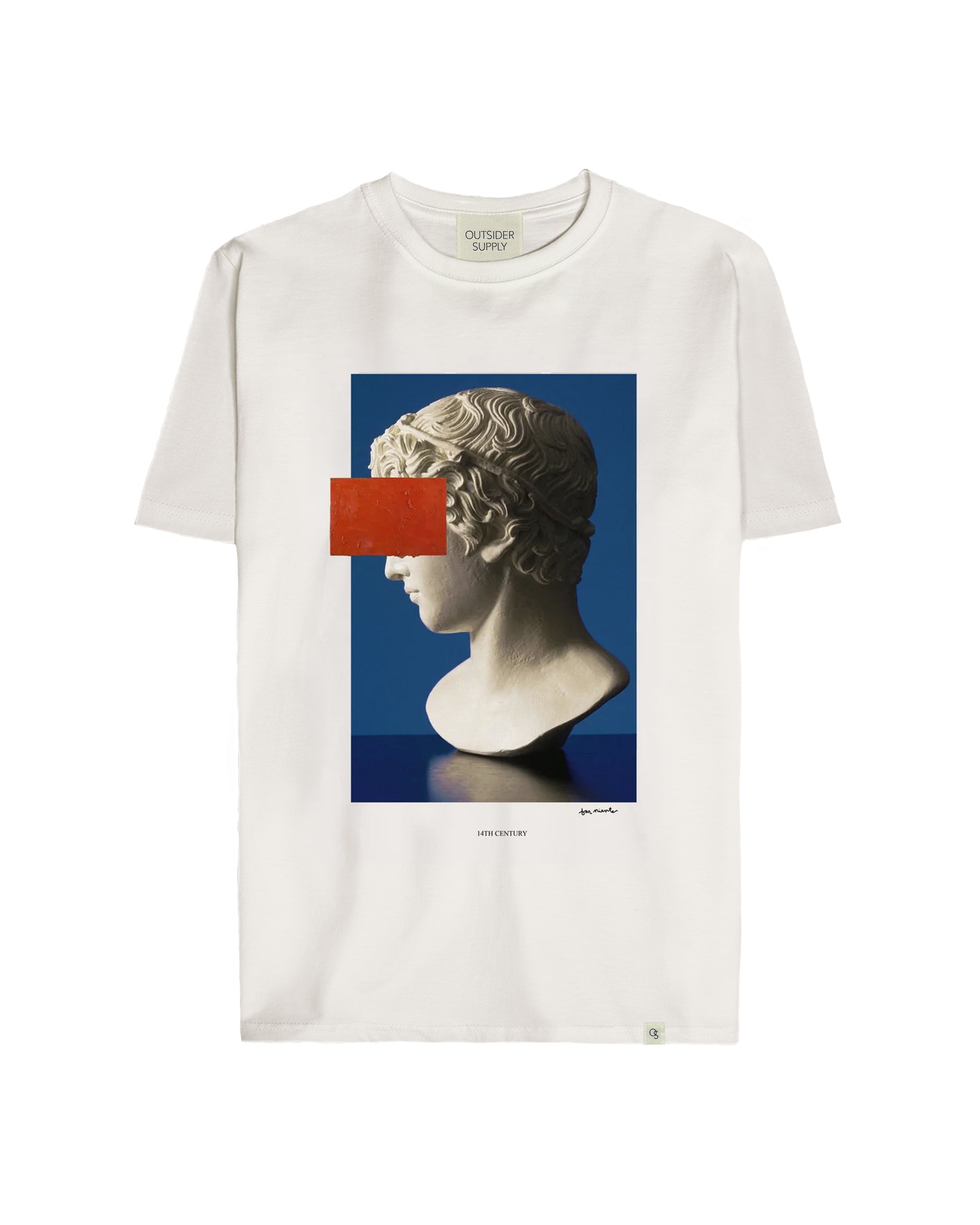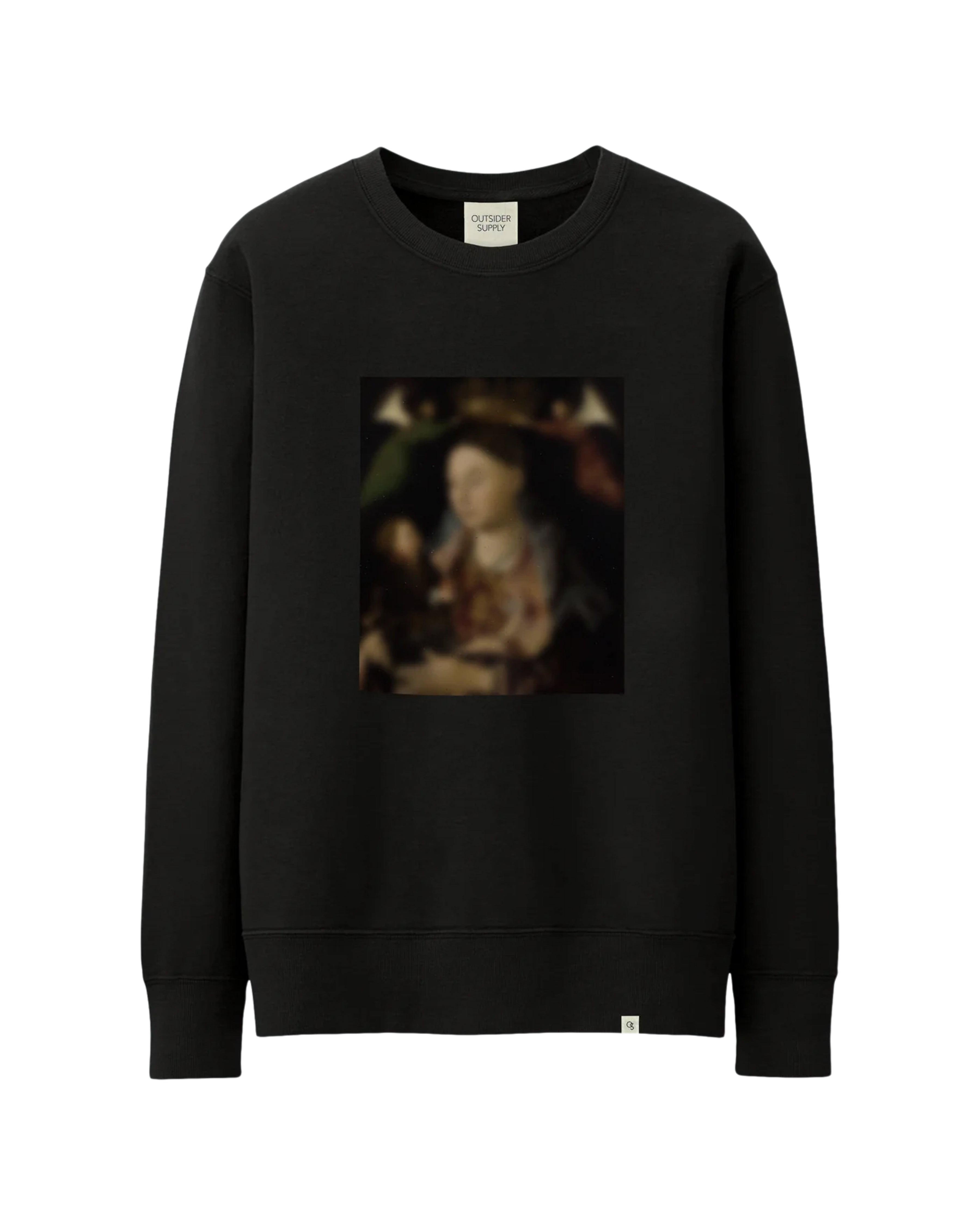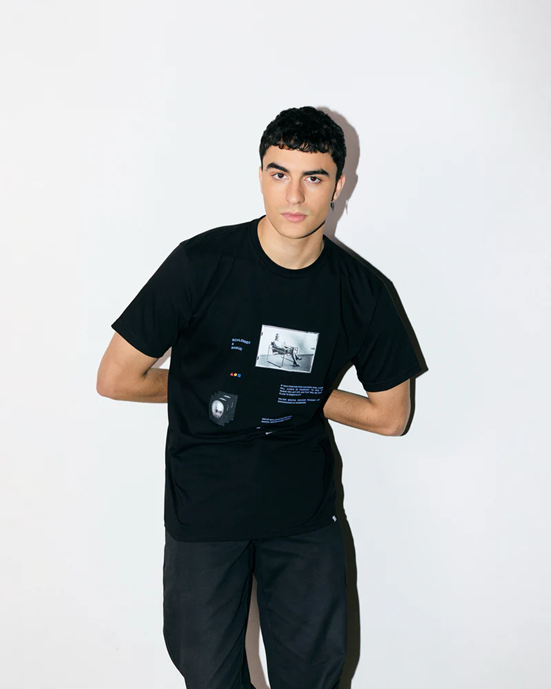
Abstract Expressionism: A Collaborative Effort with Cultured Mag
Here at Outsider Supply we are excited to revisit a past collaboration with none other than CULTURED Magazine. Our past collection celebrated three infamous artists from the Abstract Expressionist movement that dethroned Paris and centralized New York as the hub of Western art [during the 20th Century]. Lee Krasner, Jackson Pollock, and John Chamberlain - each a trailblazer in their own right, created their art as "Energy and motion made visible...Memories arrested in space" as Pollock said. This collection honours their memories and lasting impact on the continuously evolving artistic zeitgeist.
For the uninitiated, Abstract Expressionism emerged in the immediate aftermath of World War II as a rebelliously idiosyncratic movement. Like many post-war ideas, it broke away from the carefully calculated processes and conventions of the past by embracing genuineness through an immediacy of expression. A celebration of subconscious spontaneity that took the presupposition of Surrealism to its logical conclusion. The pieces themselves represented revelations of the artist's innermost feelings - they were authentic, automatic creations. Best described by Pollock when he said "Today painters do not have to go to a subject matter outside of themselves. They work from a different source. They work from within."
Lee Krasner
Lenore "Lee" Krasner lived like she painted: against all convention. At the age of 14, she decided to pursue art as a career, which was unheard of at the time for anyone, let alone a woman. Speaking in an interview, Krasner remembered her instructor Hans Hofmann as saying about her work "this is so good you would not know it was done by a woman." Despite this, Krasner made a name for herself through her constantly evolving style as opposed to her Abstract Expressionist contemporaries, who developed a signature style they would repeat. Her ability to live through her pieces by reflecting on her personal experiences in her artistic process is what sets her apart as a visionary.
Kranser began her career as a classical realist painter, demonstrating strong technical skills and a commitment to traditional forms. Having finished her schooling, she soon transitioned towards embracing abstraction when she was introduced to Cubism and Fauvism via her mentor Hans Hoffman - a pivotal figure in modernist art. He encouraged her to experiment with colour and form, which led her to develop an "all-over" style where Krasner covered the entire canvas with abstract motifs that often evoked natural forms.
It was around this time that she met and fell in love with Jackson Pollock as the two began to influence each other's style. This is evident in Krasner's Little Image series which featured small-scale works filled with intricate patterns and drips of paint. 11 years later, Pollock tragically died in a car crash, and Krasner continued to paint despite her grief in saying, "Painting is not separate from life, it is one. It's like asking do I want to live? And the answer is yes, so I paint."
She continued to innovate throughout the 1960s and 70s, integrating figuration and collage techniques into her large-scale works. Her style became increasingly expressive, often reflecting her grief through bold strokes and vibrant colors. Despite all this, it would not be until the 80's that Kranser would be recognized for her contributions to pushing the boundaries of Abstract Expressionism. Having passed 4 years after her "discovery", Krasner left behind a bountiful legacy of works that illustrated her evolving style as she lived through her works - life and art to Krasner were synergistically synonymous.
Jackson Pollock
Like Krasner, Jackson Pollock also lived through his art. Famous for his drip paintings and freeform style - Pollock first began working under his mentor Thomas Benton, who inspired him to explore American landscape paintings depicting natural life. Later in the 1930s, Pollock shifted his focus to more modernist artists like Picasso and Joan Miró in his experimentation with semi-abstract forms that incorporated motifs from the unconscious mind. But it wasn't until 1945 when Pollock married Krasner and the pair moved to their East Hampton residence that Pollock would develop his signature drip technique.
Characterized by pouring or splashing paint onto a horizontal canvas, this method allowed him to engage physically with the canvas, creating a sense of movement and spontaneity that was revolutionary at the time. Pollock's drip paintings, or "action paintings", can be best described as the act of painting itself being incorporated as a part of the artwork. His approach was not merely random; Pollock maintained a level of control over the chaotic elements in his work, seeking to express his inner turmoil and emotions in abstract forms. Oftentimes using industrial paints like alkyd enamel and various objects as substitute for paintbrushes to attain specific drip styles when needed. Despite his tumultuous life marked by alcoholism and personal struggles, Pollock's work gained posthumous acclaim. He remains a model for those seeking to merge life with art, embodying the idea that artistic expression can be an extension of one's being.
John Chamberlain
John Angus Chamberlain was a pivotal figure in American sculpture, renowned for his innovative use of discarded automobile parts to create vibrant, dynamic sculptures that bridged Abstract Expressionism and Minimalism. His works, characterized by twisted and crushed metal, transformed the gestural energy of painting into three-dimensional forms, emphasizing the expressive potential of color and material. Chamberlain's approach was instinctive and spontaneous, akin to the techniques of collage and assemblage, allowing him to manipulate scale and form in ways that challenged traditional notions of sculpture. His early breakthrough piece, Shortstop, set the stage for a prolific career that explored a variety of materials, including foam and Plexiglass, while maintaining a commitment to color as an integral part of his artistic expression.
Chamberlain's impact on art extends beyond his unique sculptural style; he redefined the use of everyday materials in fine art, giving new meaning to what was often dismissed as "junk." His work inspired a generation of artists to explore the boundaries of materiality and form, contributing significantly to the discourse surrounding post-war American art. The playful titles of his pieces often reflected a sense of humor and cultural commentary that resonated with audiences. Today, Chamberlain's legacy is celebrated for its profound influence on contemporary sculpture, as his innovative practices continue to inspire artists seeking to push the limits of their mediums while engaging with themes of beauty and abstraction.
The thing to keep in mind about art movements is that they emerge unintentionally as a matter of circumstance. Whether it’s Bauhaus, Barbizon, or Cedar Tavern - artists gravitate towards certain spaces be it by fate or common ideals. Whatever the reason, artists eventually coalesce towards a critical mass and start ping-ponging off of each other and end up spawning a whole new movement unlike anything that’s come before it.
For the Abstract Expressionists of the 1940-1960’s it was the Hamptons. A quaint scenic backdrop that allowed them to escape from the hustle and bustle of New York City so as to have no distractions for their inspiration. Hard to say who kicked it off but Pollock and Krasner’s move to the area in 1945 only accelerated its development as an artist’s haven. By then the Hampton Bays Art Group had already existed for 4 years prior ready to accept the newcomers. One’s environment matters just as much as the food one buys - you are what you eat after all. And when your next door neighbour with the likes of Willem de Kooning it’s almost impossible not to be inspired one way or another.
The creation and maintenance of these spaces is of the utmost importance to the existence of the creative spirit - no artist is an island. Which is why we want to recognize Cultured Mag in their efforts to do just that. They make a concerted effort to uncover new artists, designers, and cultural trends before they become widely recognized. Cultured Mag also commissions artists to create limited-edition works specifically for the magazine just like they have in the past with us! It is through the creation and curation of these spaces that artists and movements flourish and come to life which is why we’re ecstatic to have partnered with Cultured Mag in this endeavor.

















